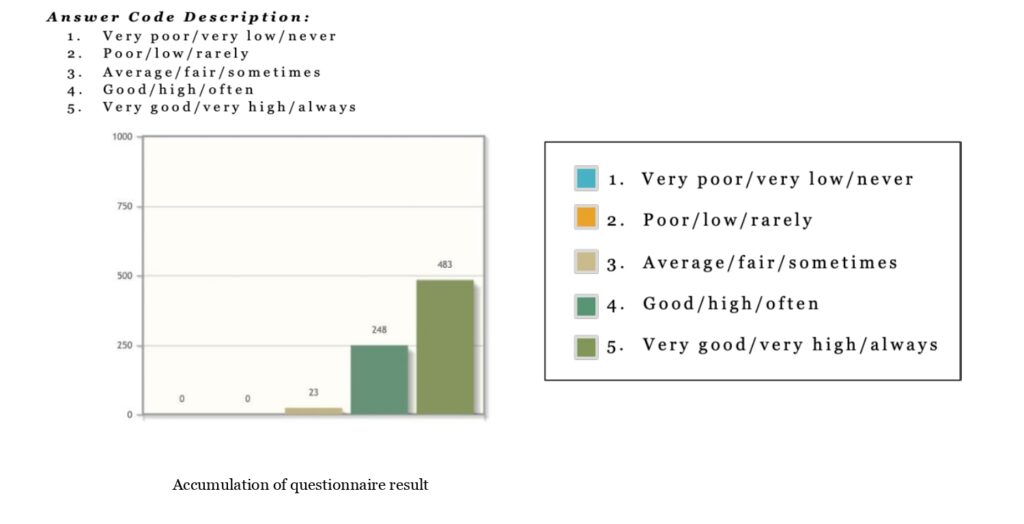Physical Anthropology
Overview
Course Code
ANT62117
Credits
3
Semester
II
Frequency
Even
Type
General Course
Class Size
30
Duration
16 meetings
Student Workload
119 hours
Contact Hours
35 hours
Independent Study
42 hours
Description
Physical Anthropology is a course that studies humans from a physical perspective and their relationship to culture. In this class students will learn the principles of evolution, variations in the human body, human race and its usefulness in forensic anthropology.
Course Content
- Human biology
- Human evolution as it relates to genetic inheritance Darwin's theory, early hominids and primates
- Ontogenesis
- Sexual dimorphism
- Human variation includes body constitution, dentition, and race
- Forensic anthropology and facial reconstruction
Reference
Primary Literature
- Glinka J (2008) Manusia Makhluk Sosial Biologis. Surabaya : Airlangga University Press.
- Glinka J, Artaria MD, Koesbardiarti T. (2007) Metode Pengukuran Manusia. Surabaya : Airlangga University Press.
- Artaria MD (2009) Antropologi Dental. Yogyakarta : Graha Ilmu
- Artaria MD, Niken F (2000) Bunga Rampai Antropologi Ragawi. Surabaya : Airlangga Universiry Press.
- Birx James (2010) . 21st Century Anthropology : A Reference Handbook. Sage
- Larsen CS (2010) Acompanion to Biological Anthropology. Wiley-Blackwell.
Supporting Literature
- Human Variation: An Adaptive Significance Approach, Leslie E. Fitzpatrick, Ph.D., Mercyhurst University
- Human Biology, Willy Cushwa (2015)
- Dental Anthropology, Scott at al., 2017
- Sexual Dimorphism, Friyer and Wolpoff, 1985
- Forensic Anthropology, The Royal Society, 2022
- Facial reconstruction, Taylor 2000
- An Introduction to Facial Reconstruction, Stavrianos 2007
Assessment System
Assessment Matrix
- Project Result 50%
- Midterm Exam 25%
- Final Exam 25%
- Peer-Assessment
Peer-Assessment
The percentage of student contribution is taken from the score given by group members to other group members (peer-assessment) regarding the contribution in the process of working on the task from beginning to end.
- Score 100% if the assessed member fully participates from start to finish
- Score 75% if the assessed member participates actively, although sometimes less involved
- Score 50% if the assessed member participates, although often not involved
- Score 25% if the assessed member only appears at the beginning/middle/end only
- Score 0% if the assessed member is not involved at all
- The student contribution percentage score is the total number of peer-assessments divided by the number of group members who were assessed
Students Feedback


